Viltrox 14mm vs. Pergear 14 mm Lens – Choosing for Interior Photogrammetry
 Lukas
Zmejevskis
Lukas
Zmejevskis
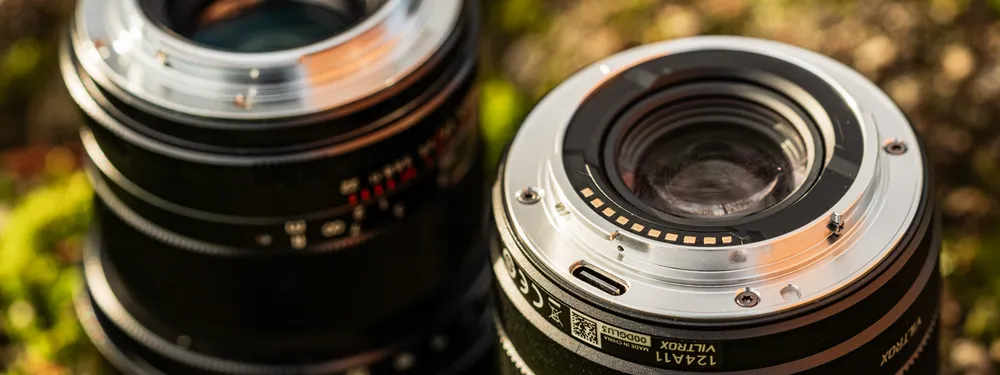
Ultrawide-angle lenses are most commonly used in photogrammetry for interior scanning. I am planning to do an interior-type construction site scan, so I need a lens for my Sony full-frame camera. There are plenty of premium wide-angle options, but I need something that provides the best image quality without breaking the bank. After quite a bit of research, I arrived at two options that have some fundamental differences. I will disguise this article as a review and a comparison, but what I really want to do is explain a few key concepts when it comes to choosing a lens for interior photogrammetry.
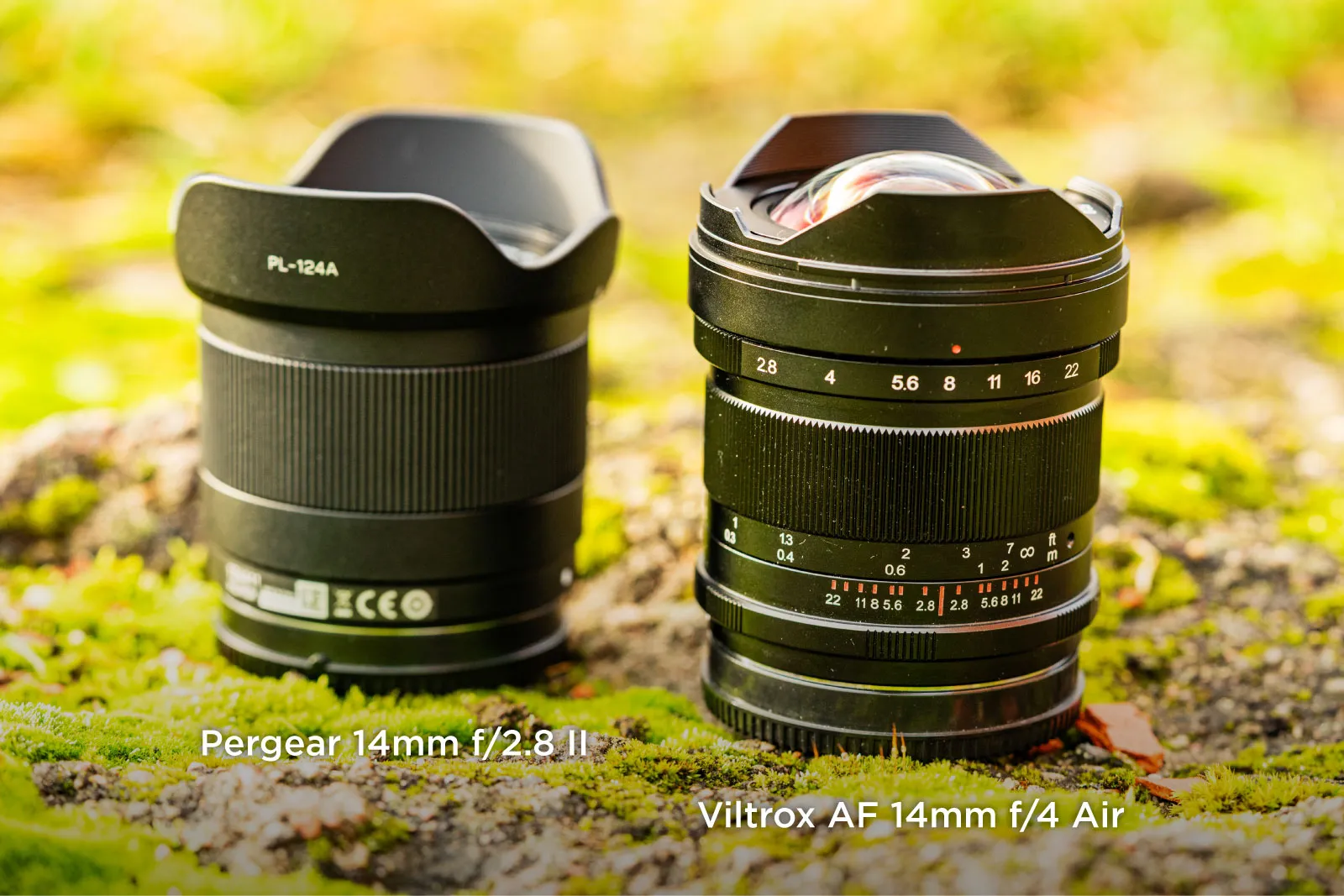 Build and Specs
Build and Specs
I have two lenses for comparison - the brand-new Viltrox Air 14mm f/4.0 lens and the Pergear 14mm f/2.8 II lens. Firstly, the numbers and facts - a complete specification comparison table of both lenses:
| Spec | Viltrox AF 14mm f/4 Air | Pergear 14mm f/2.8 II |
| Lens type | Ultra-wide prime, autofocus | Ultra-wide prime, fully manual |
| Mount options | Sony E, Nikon Z | Sony E, Nikon Z, Canon RF, Leica L |
| Format coverage | Full frame | Full frame |
| Focal length | 14 mm | 14 mm |
| Angle of view (diagonal) | 112.6° | 114° |
| Maximum aperture | f/4 | f/2.8 |
| Minimum aperture | f/16 | f/22 |
| Aperture blades | 7 | 10 |
| Aperture control | Electronic (camera-controlled) | Manual aperture ring |
| Optical construction | 12 elements in 9 groups | 13 elements in 9 groups |
| Focus type | Autofocus (internal) | Manual focus |
| Image stabilization | No | No |
| Minimum focus distance | 0.13 m | 0.22 m |
| Maximum magnification | 0.23× | >0.10× |
| Filter system | 58 mm front thread | Includes 82 mm filter adapter |
| Lens hood | Detachable petal hood | Fixed integrated hood + 82 mm adapter |
| Dimensions | 65 × 56.4 mm | 68.2 × 78 mm |
| Weight | 169 g | 549 g |
| Build material | Lightweight plastic | Full metal |
| Weather sealing | No | No |
| Electronics / EXIF | Full electronic communication + USB-C for firmware | None |
| Typical EU price | ~€230 | ~€230 |
Looking at the spec sheet, we see some essential differences. Maximum aperture — Pergear allows twice as much light as the Viltrox. Viltrox is much lighter and smaller, and focuses much closer. Similar price tags, but different mount options. Finally, there is the auto vs. only manual focusing.
Autofocus vs. Manual Focus in Photogrammetry
For me, the most significant difference between these lenses is that the Viltrox features autofocus, whereas the Pergear does not. Autofocus is less essential with such ultrawide-angle lenses, but it can significantly change and speed up the entire workflow when using any lens.
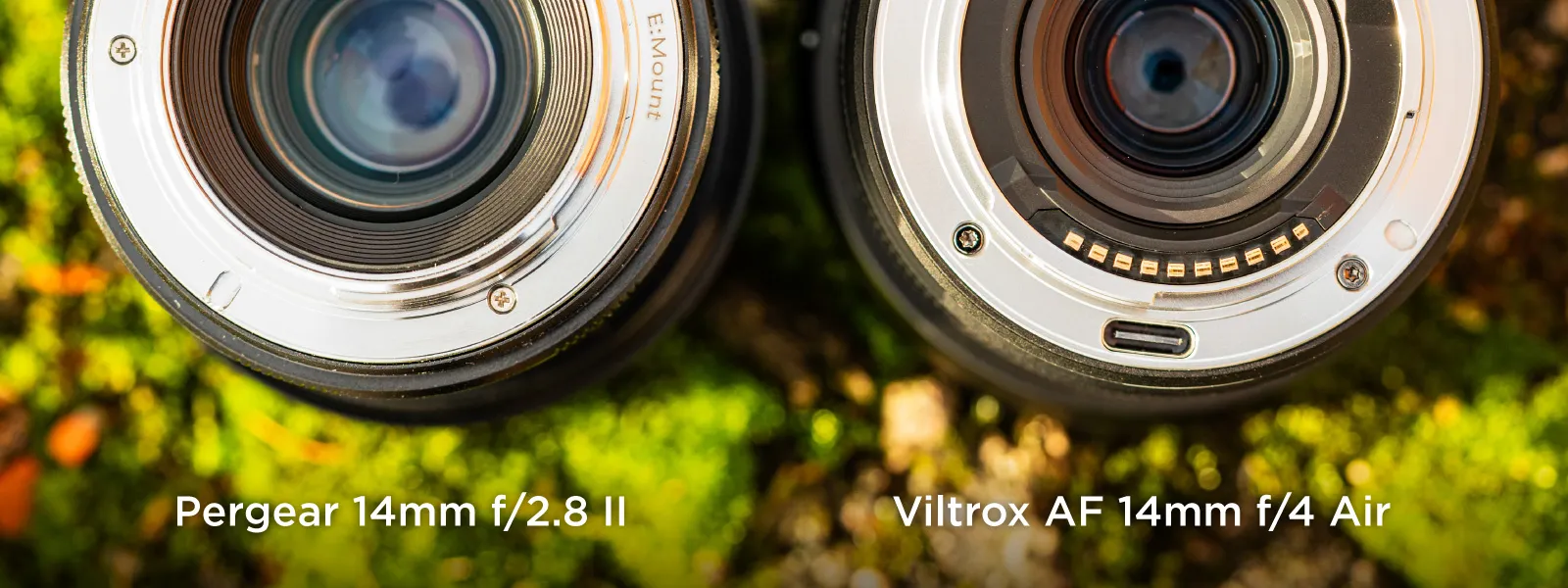 Modern autofocus, even in such affordable lenses as this Viltrox, is quick and reliable. Autofocus can provide an essential, rapid sanity check every time you take hundreds or even thousands of photos, like we do in photogrammetry. Manual focus rings are easy to bump accidentally and sometimes provide a false sense of security if you try to set and forget your focus point.
Modern autofocus, even in such affordable lenses as this Viltrox, is quick and reliable. Autofocus can provide an essential, rapid sanity check every time you take hundreds or even thousands of photos, like we do in photogrammetry. Manual focus rings are easy to bump accidentally and sometimes provide a false sense of security if you try to set and forget your focus point.
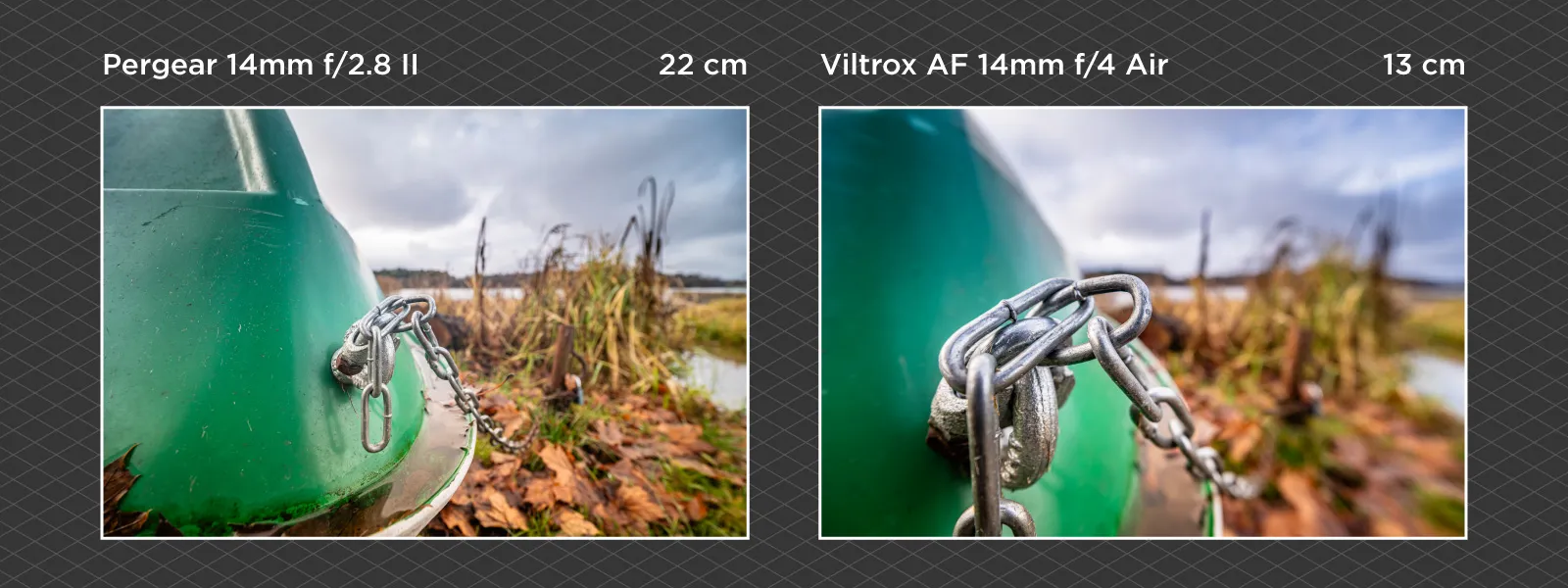 Conversely, focusing is less important on such wide-angle lenses because the depth of field is quite thick, meaning a lot can be in focus and acceptably sharp, and refocusing is less of an issue. You can then close down the aperture, set your focus at a calculated distance, and adhere to it. This requires a different kind of attention, but if you can keep a consistent distance from your subject, you can use this technique. Too bad no one makes manual lenses with lockable focus rings.
Conversely, focusing is less important on such wide-angle lenses because the depth of field is quite thick, meaning a lot can be in focus and acceptably sharp, and refocusing is less of an issue. You can then close down the aperture, set your focus at a calculated distance, and adhere to it. This requires a different kind of attention, but if you can keep a consistent distance from your subject, you can use this technique. Too bad no one makes manual lenses with lockable focus rings.
Sharpness
Good sharpness is the selling point for both of these lenses, but the Viltrox lens is one league higher than the Pergear. Pergear shows excellent sharpness in the center of the frame, while the Viltrox lens is much more consistent across the entire frame. Pergear improves when stopped down, but not significantly and not immediately.
 When performing photogrammetric scans, we must always balance depth of field against noise. If we close the aperture, we achieve greater depth and sharpness, but more noise due to the reduced light. If we do not, we will have more light but less depth. An aperture of f/4 is quite a sweet spot in my opinion, and Viltrox performs much better at that aperture, despite it being this lens’s “maximum.”
When performing photogrammetric scans, we must always balance depth of field against noise. If we close the aperture, we achieve greater depth and sharpness, but more noise due to the reduced light. If we do not, we will have more light but less depth. An aperture of f/4 is quite a sweet spot in my opinion, and Viltrox performs much better at that aperture, despite it being this lens’s “maximum.”
 The Pergear lens does allow you to open up to f/2.8; however, due to its lens construction, a half-stop of light is lost somewhere. I tested the factual exposure to achieve the same histogram levels and saw only half a stop of difference between the Viltrox at f/4 and the Pergear lens at f/2.8. So, not that much light is lost when choosing the Viltrox lens if you are interested in a brighter aperture.
The Pergear lens does allow you to open up to f/2.8; however, due to its lens construction, a half-stop of light is lost somewhere. I tested the factual exposure to achieve the same histogram levels and saw only half a stop of difference between the Viltrox at f/4 and the Pergear lens at f/2.8. So, not that much light is lost when choosing the Viltrox lens if you are interested in a brighter aperture.
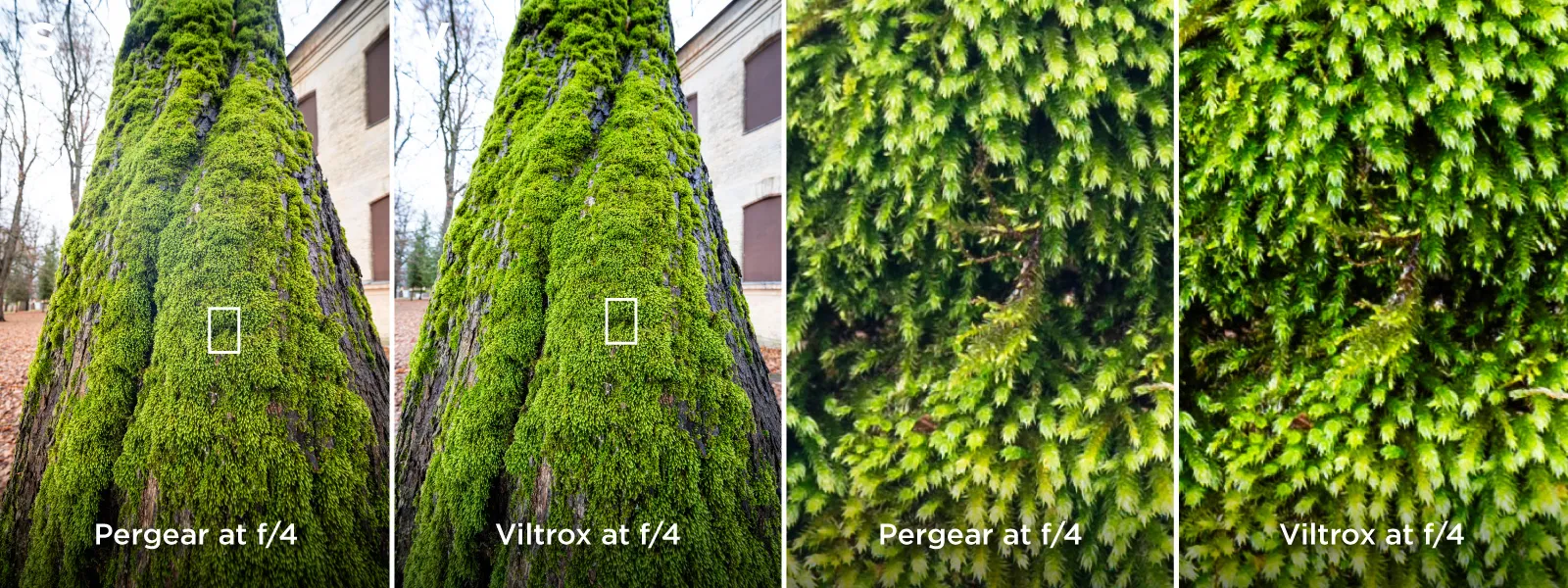 Distortion and Chromatic Aberrations
Distortion and Chromatic Aberrations
Chromatic aberration is well controlled on both lenses and should not be an issue in real-world use. Especially if you shoot RAW and check that “Remove Chromatic Aberration” box in your RAW converter of choice. This is great to see on affordable lenses. For photogrammetry, fringing does not matter that much, but good optical performance is always welcome.
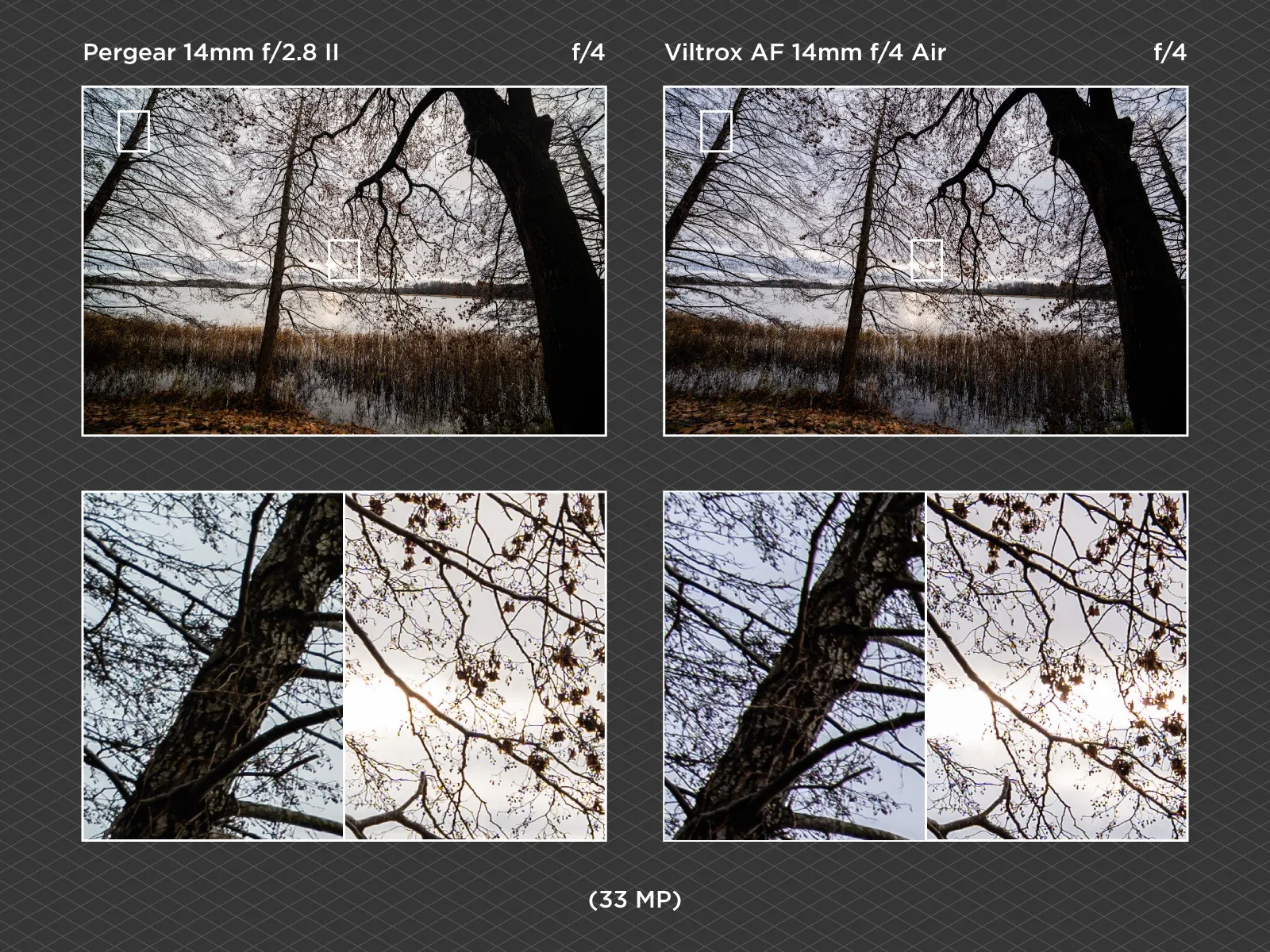 Distortion, however, can impact photogrammetric scan results if it is extremely complicated. Each time photogrammetry software runs a 3D reconstruction, it must correct geometric distortion for each camera used (the lens and sensor combination), and there are limitations on how much of this correction can be achieved. Breaking that limit is a rare occurrence with modern lenses; however, complex distortion remains a common issue with ultrawide-angle optics.
Distortion, however, can impact photogrammetric scan results if it is extremely complicated. Each time photogrammetry software runs a 3D reconstruction, it must correct geometric distortion for each camera used (the lens and sensor combination), and there are limitations on how much of this correction can be achieved. Breaking that limit is a rare occurrence with modern lenses; however, complex distortion remains a common issue with ultrawide-angle optics.
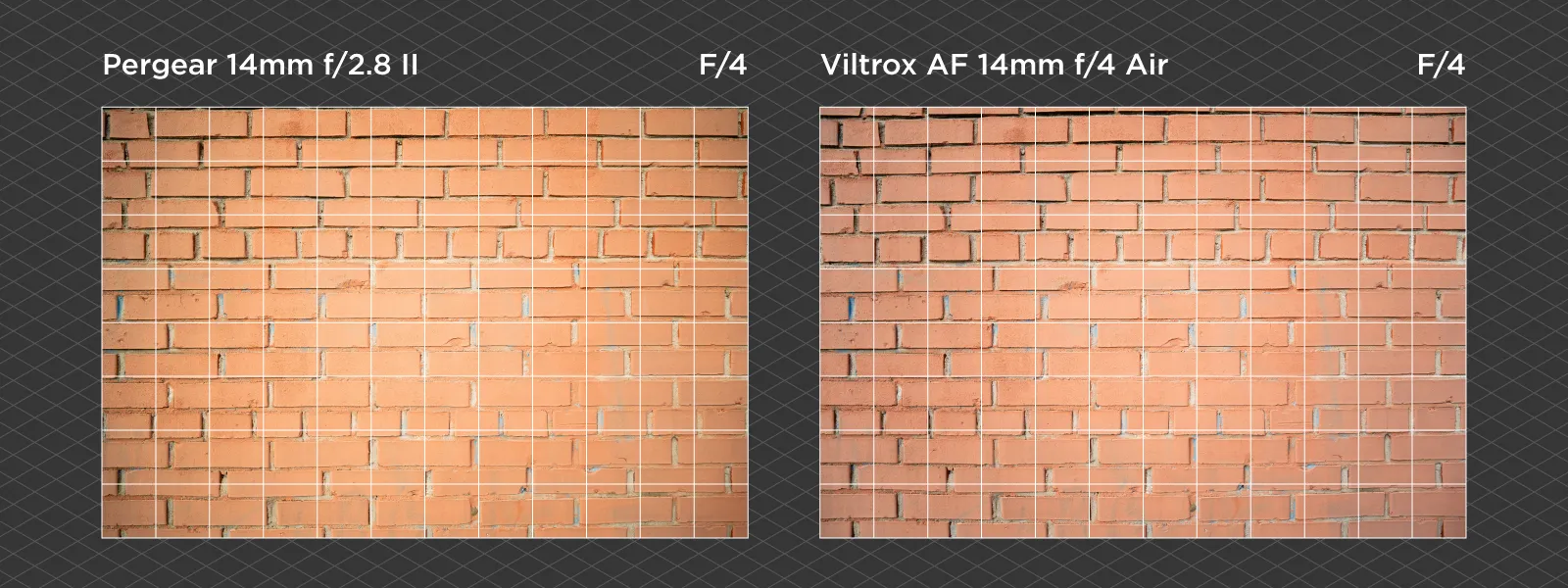 The Pergear lens is well corrected and displays a very small amount of barrel distortion, while the Viltrox is also quite good, but its distortion pattern introduces some waviness. We can consider this great performance for the price from both lenses, and it should not be a problem for any photogrammetry software to correct that.
The Pergear lens is well corrected and displays a very small amount of barrel distortion, while the Viltrox is also quite good, but its distortion pattern introduces some waviness. We can consider this great performance for the price from both lenses, and it should not be a problem for any photogrammetry software to correct that.
Flaring, Ghosting, and Vignetting
Vignetting is quite strong on both lenses at open apertures. With the Pergear lens, we see about 3 stops at f/2.8 and f/4, but it gets a bit milder at f/8 and up. Viltrox also displays 3 stops at f/4; however, it does not get any better. This is where we see the compromise Viltrox made with the lens's tiny size and its elements. Light falloff is unavoidable with this lens, but it can be corrected in post-production. However, remember that these fixes come at the cost of increased noise in the peripheral areas.
Flaring and ghosting — the artifacts that appear when shooting at a source of light — are a subjective matter in aesthetic photography, but objectively undesirable in photogrammetry. You can produce flaring with both lenses, but again, the Viltrox is one tier above the Pergear. With the Viltrox lens, flares occur only at more specific angles and cover a smaller portion of the frame when they do. The Pergear lens produces larger artifacts more “easily.”
Conclusion
The Pergear 14mm f/2.8 II was a great, affordable lens when it was released, but the Viltrox Air series continues to impress, offering the best compact 14-millimeter lens on the market. Its size and weight are extremely joyful when making photogrammetric scans, where we need to shoot a lot. And the autofocus seals the deal. One touch of the AF button and you can be sure that you are focused correctly. The relatively dark f/4 aperture is not a dealbreaker, as we need to stop down anyway, while the decent close-focusing distance is just more enjoyable for regular photography. Another winner from Viltrox, and a surefire addition to my photogrammetry-oriented camera bag. In the next article, I am using this lens for a construction-site-themed interior scan.

Photographer - Drone Pilot - Photogrammetrist. Years of experience in gathering data for photogrammetry projects, client support and consultations, software testing, and working with development and marketing teams. Feel free to contact me via Pixpro Discord or email (l.zmejevskis@pix-pro.com) if you have any questions about our blog.
Related Blog Posts
Our Related Posts
All of our tools and technologies are designed, modified and updated keeping your needs in mind

Gaussian Splatting vs. Photogrammetry
Every few years, something new shows up online claiming to “revolutionize” 3D reconstruction. A while back it was NeRFs. Now it is Gaussian splatting — with endless YouTube clips of people walking through photorealistic 3D scenes that seem to render instantly.

Photo Dynamic Range - Real Life Tests and Advice
Dynamic range is an inescapable term when talking about digital photo or video capture. Our human vision has an incredible ability to adapt, allowing us to perceive both very dark and very bright scenes. When a digital imaging sensor or even a chemical negative captures a scene frozen in time, it is
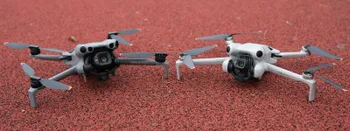
DJI Mini 4 Pro vs. DJI Mini 5 Pro – Worthy Upgrade?
When a new generation of a product is released, we compare it to the previous one to determine if it is a worthy upgrade and what the overall trajectory of the series looks like. DJI's Mini series of drones is the go-to product in its category – an undisputed first choice on the entire market.
Ready to get started with your project?
You can choose from our three different plans or ask for a custom solution where you can process as many photos as you like!
Free 14-day trial. Cancel any time.
.svg@webp)